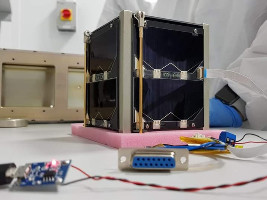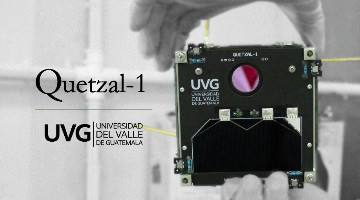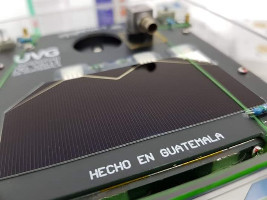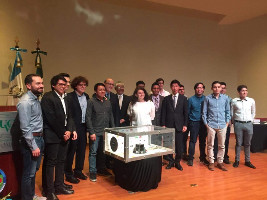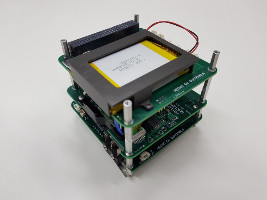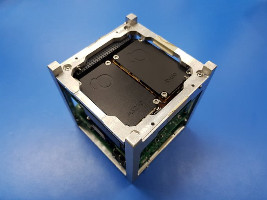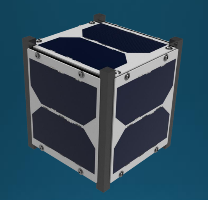| Satellite name | Quetzal-1 (Guatemala CubeSat, Guatesat-1, GTCube) |
|---|---|
| Type | CubeSat |
| Units or mass | 1U |
| Status | Reentry 2022-03-01. Was operational until 2020-11-XX. (Paper published on 2023-12-06) |
| Launched | 2020-03-07 |
| NORAD ID | 45598 |
| Deployer | J-SSOD (JEM Small Satellite Orbital Deployer) |
| Launcher | Falcon 9 (CRS-20) |
| Deployment | Deployed from ISS on 2020-04-28 |
| Organization | University of the Valley of Guatemala |
| Institution | University |
| Entity | Academic / Education |
| Nation | Guatemala |
| Launch brokerer | KiboCUBE |
| Oneliner |
Educational training and take pictures of Earth plus amateur radio communications. |
| Description |
A monochromatic camera, alongside a rotating mechanism that holds and changes between four optical filters, will be used to test the remote sensing capabilities of the satellite. Contribute in the educational field in Guatemala, motivating and educating citizens, specially children, young people and the local Amateur Radio Club |
| Results |
Academic development and space operations of a multispectral imaging payload for 1U CubeSats |
| Failure cause | Battery failure following repeated subzero temperature exposures. OBC likely failed to enable the heater. |
| Sources | [1] [2] [3] [4] [5] [6] [7] [8] [9] |
| Photo sources | [1] [2] [3] [4] [5] [6] |
| COTS subsystems |
|
| Subsystems sources | [1] |
| Keywords | First CubeSat of country |
| Space photos | 
|
| On the same launch |
Last modified: 2023-12-21
